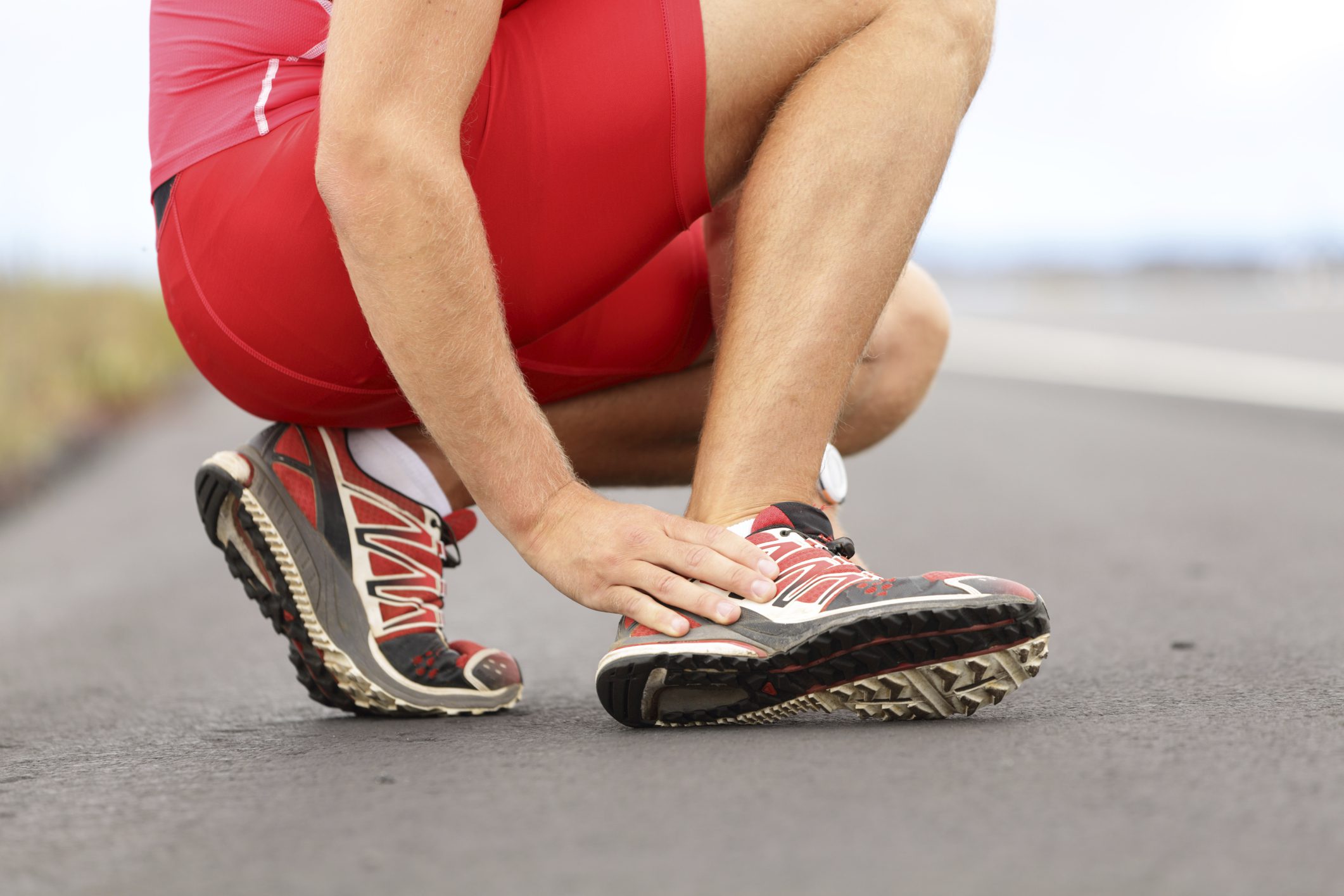For decades, the conventional wisdom for treating new strains and sprains due to injury was to administer Rest, Ice, Compression, and Elevation (RICE). In researching this column, I discovered that the physician who authored the textbook which popularized RICE therapy, Dr. Gabe Mirkin, has since walked back his advice on how best to treat acute injury.
Dr. Mirkin has stated: “When I wrote my best-selling Sportsmedicine Book in 1978, I coined the term RICE (Rest, Ice, Compression, Elevation) for the treatment of athletic injuries (Little Brown and Co., page 94). Ice has been a standard treatment for injuries and sore muscles because it helps to relieve pain caused by injured tissue. Coaches have used my “RICE” guideline for decades, but now it appears that both Ice and complete rest may delay healing, instead of helping.”
For a deeper dive into this, I encourage you to read his blog post titled “Why Ice Delays Recovery” on www.drmirkin.com.
Recent research seems to support his change of viewpoint. A research article published in the Journal of Athletic Training states that “Randomized controlled trials provide insufficient evidence to determine the effectiveness of rest, ice, compression, and elevation (RICE) therapy for acute ankle sprains in adults.”
In lieu of RICE, recent research seems to support PEACE and LOVE being a more effective means of speeding recovery.
Protection– Avoid activities and movements that increase pain in the affected area for the first few days after injury. If you roll your ankle and can’t walk without limping, the use of a brace or crutch may speed recovery.
Elevation– Elevate the injured area higher than the heart as often as possible. This will reduce swelling.
Avoid anti-inflammatories- Some over the counter medications and ice can impair tissue healing. See the above-mentioned blog post for more information.
Compression– Taping or a simple wrap/compression sleeve can reduce swelling when properly applied.
Education– Your body is great at healing itself. Learn to listen to your body and follow along with what it tells you it needs. If you limp when you walk, you should be using an assistive device like a crutch or ankle brace until your gait normalizes.
And…
Load– Let pain guide your return to normal activities. Progressively increasing the load on the affected region can speed recovery. In the ankle sprain example, starting with 25% weightbearing for the first few days, then progressing to 50-75-100% weightbearing is usually the way to go. If you limp consistently, it’s time to back off a bit.
Optimism– Staying confident and positive can speed recovery. Humans have been sustaining injuries for a very long time. Our ancestors probably rolled their ankles on occasion and managed to survive without access to modern medicine, so we’ll probably be fine as well.
Vascularization– Pain free cardio such as biking increases blood flow to improve tissue healing. Believe it or not, spending 10-15 minutes on a bike can improve recovery time from an ankle sprain or other acute injuries elsewhere in the body.
Exercise– “Bed rest” is no longer the standard of care for most episodes of acute sprains and strains, having been replaced by active recovery and the techniques outlined above.
As always, the devil is in the details and each injury is unique. If you can’t move a body part or put weight on it, it is best to seek professional advice such as a physical therapist, athletic trainer, or physician. Ice still may be indicated post-surgery under the direction of a physician. Science is still learning about the injury recovery process, so chances are this advice could change in time. But for now, if my daughter rolls her ankle on the pitching mound this spring, its going to be nothing but PEACE and LOVE for her.








